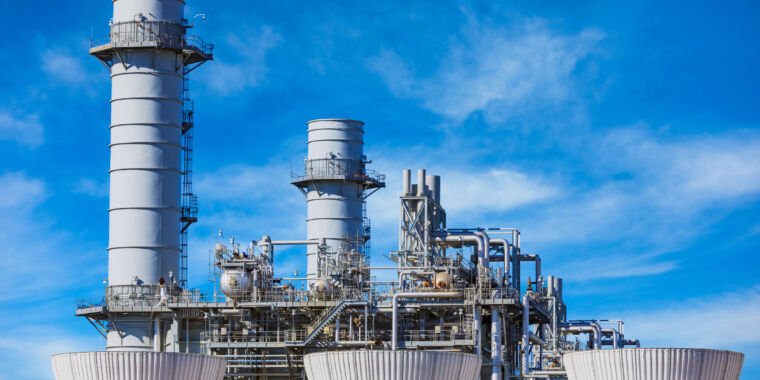Basically, a Supreme Court ruling from last year limits what regulations the EPA can put out. They can't directly say no coal. But they can say carbon emissions have to be reduced and put regulations on coal plants for that
The Supreme Court has also determined that the EPA overstepped the powers it had been granted by the Clean Air Act. This means that the EPA can only address carbon emissions by establishing limits on existing generators that can be met via established technology. This will make it very difficult, if not impossible, to bring emissions from coal plants down and thus harms a key component of the Biden climate policy.
So now the EPA is putting out regulation on how the coal plants operate
To meet those targets, the EPA assumes two nascent technologies continue to mature: carbon capture and storage, and the production of green hydrogen. (The latter is either produced using renewable energy or produced from fossil fuels with the carbon released in that process captured and sequestered.) Both of those technologies exist at present but have only recently started to move beyond small, demonstration-level projects. The new rules assume that they'll continue to scale up to the point where they can be applied to almost every fossil fuel plant within the US, starting in the early 2030s. Even if you're skeptical that will come to pass, the Clean Air Act simply calls for the "best system of emission reduction," and those two appear to be it.
For combustion turbines, which burn natural gas, the rules recognize three categories. The first is for plants that are only activated during periods of high demand, and so only generate 20 percent of the electricity that they could if they ran around the clock. These will simply be subject to a requirement to burn high-quality natural gas that keeps their carbon emissions below set limits. Intermediate load facilities that are active more regularly can meet the standards by replacing 30 percent of their fuel with green hydrogen by 2032.
The tough standards are reserved for plants that are used heavily, providing baseline power. One option they'll have is capturing 90 percent of their carbon emissions by 2035. Alternatively, they can start by replacing 30 percent of their fuel with green hydrogen in 2032 and transition to 96 percent green hydrogen by 2038.
Coal plants, by contrast, are regulated based on a combination of use and when they plan to go out of service. While regulations will kick in starting in 2030 for these plants, any coal plant that is shutting down by 2032 will be left unregulated. The same is true for plants that shut down by 2035 and will not operate at more than 20 percent of their rated capacity. Those that will shut by 2040 will need to replace 40 percent of their fuel with natural gas to lower their emissions.
Given the typical life span of power plants and the fact that no new coal plants have been built in over a decade, that will likely cover the majority of coal plants in the US. The few that could operate in 2040 and beyond will have to capture 90 percent of their carbon dioxide emissions.
Complying with these rules will be quite expensive and will lead to more coal and gas plants shutting down. Renewables are cheaper today, they'll be way cheaper in 2030
of course this will no doubt be challenged by the courts so who knows what happens with that, If these rules were to be set in place today they would not be able to



I’ve been seeing more solar at work, I’m pleasantly surprised. ~100 MW max solar plants. These were generally planned 2-4 years ago, and I haven’t paid attention to how max compares to typical output.
No clue what they’re planning for 3-5 years from now, but it is just money that decides